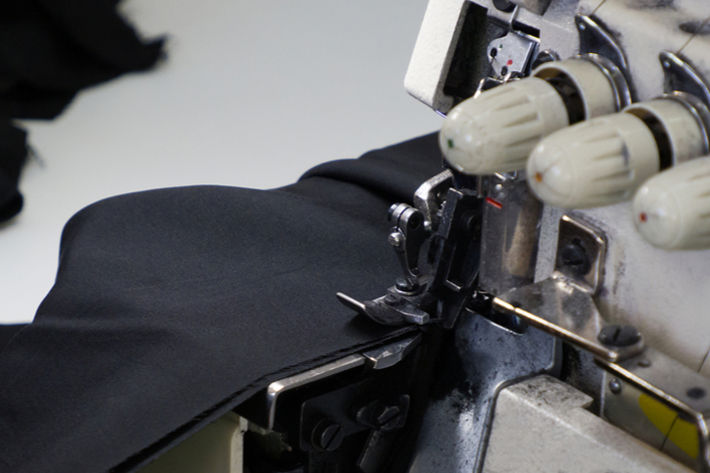
There are more than 6,000 garment exporters in Cambodia now that directly employ over 700,000 workers.
“Rooftop solar can attract new, modern suppliers and raise production. This is all about being competitive, and my job is to make Cambodia more competitive as a production hub for different products,” a representative of the chamber’s garment and manufacturing committee was quoted as saying by a Cambodian newspaper.
“At some point, if we cannot compete with other manufacturing hubs, we will have to close down the factories,” said the representative.
Coal, gas, and oil prices continue to rise as a result of logistical hurdles and geopolitical pressure. Currently, solar energy is estimated to cost 2.67 cents per kWh while coal-fired energy costs 7.7 cents per kWh, a press release from the chamber said.
Energy demand in Cambodia is estimated to triple by 2040 and several factors favour a switch to solar energy. China, South Korea and Japan have refused to finance future coal projects.
Sok Khavan, secretary of state at the ministry of mines and energy, said the ministry is fully committed to renewable energy as reflected in the current domestic energy mix where power from renewables constitutes 52 per cent.
The share of solar power has grown from around 10 MW in 2019 to 400 MW this year, representing a 4,000 per cent growth in the past three years, Khavan said, adding that a balance has to be struck between sustainable and affordable energy.
Fibre2Fashion News Desk (DS)